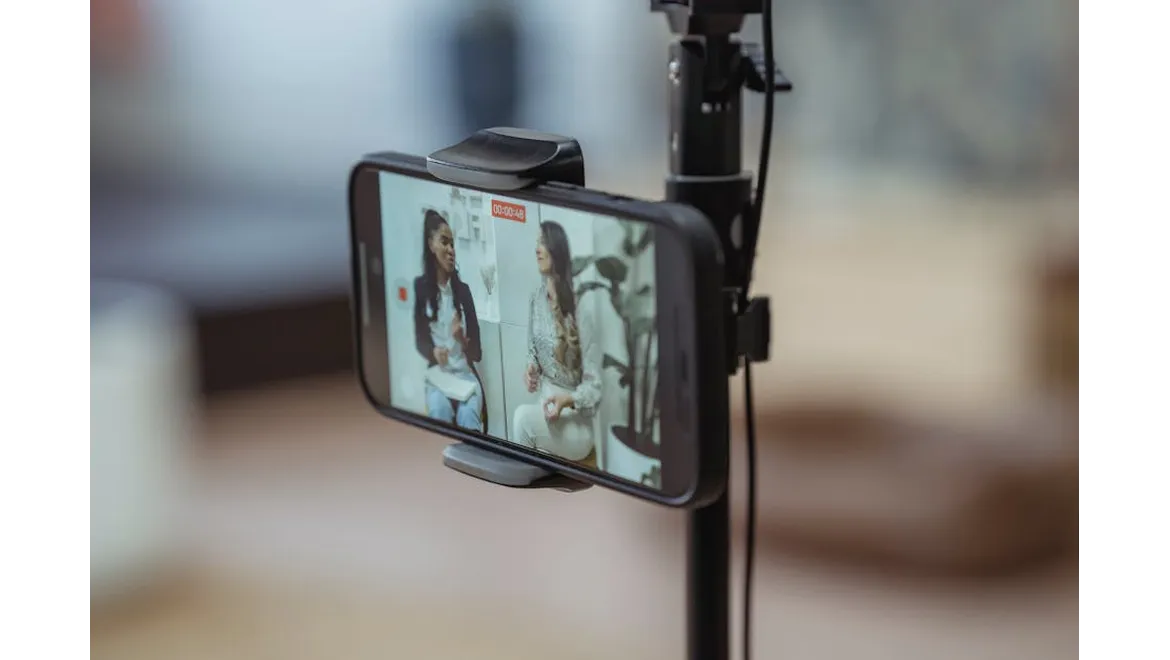The other day, I found myself in an engrossing conversation with my friend Alex, who works in digital marketing. We were sipping our coffees in a bustling café when the topic of predictive analytics came up. Specifically, Alex had been exploring how predictive analytics can forecast influencer trends and topics, a concept that instantly piqued my curiosity. Our chat made me realise that while the term “predictive analytics” might sound like something out of a sci-fi movie, it’s actually a super practical tool that anyone in the marketing field can use to stay ahead of the curve.
“So, how does one even begin to use predictive analytics for something as fluid as influencer trends?” I asked Alex, genuinely intrigued.
“Well,” Alex started, leaning back in their chair, “the first step is gathering data — lots of it. You need a solid dataset to work with, which usually comes from social media platforms, Google Trends, or even specific influencer analytics tools. The key is to collect data on everything from post engagement rates and follower growth to the types of content being shared and the hashtags used.”
This made sense. After all, data is the backbone of any analytical process. But I wondered how this raw data transforms into something actionable. Alex explained that once you have your data, you need to clean it up, removing any irrelevant information and ensuring it’s ready for analysis. This step is crucial because messy data can lead to inaccurate predictions.
“But isn’t that a bit tedious?” I asked, imagining the hours of work involved.
“Yes and no,” Alex replied with a grin. “It’s a bit like tidying up your room. It might take a while, but the end result is worth it. Plus, there are tools and software that can help streamline the process, like Python or R for data cleaning and processing.”
With the data polished and prepped, the next step is to employ machine learning algorithms to identify patterns and trends. Alex mentioned using algorithms like regression analysis or time series forecasting to predict future trends based on historical data. These algorithms can uncover hidden insights, such as which topics are likely to gain traction or which influencers might see a spike in engagement.
I found this fascinating, especially the idea that these algorithms can pick up on subtleties that a human might miss. Alex elaborated, “For instance, an algorithm might predict that a specific type of content, like eco-friendly beauty products, will be trending in a few months. Brands can then tailor their strategies to align with that trend before it becomes mainstream.”
Of course, predicting trends is one thing, but acting on those predictions is another. I asked Alex how marketers or influencers could leverage these insights effectively. They suggested that once a trend or topic is identified, it’s vital to create content that resonates with it. This might mean collaborating with influencers who align with the predicted trend or crafting campaigns that highlight these future topics.
“And what about tracking the effectiveness of these predictions?” I queried, curious about how one measures success in such a dynamic field.
“That’s where continuous monitoring comes into play,” Alex explained. “It’s important to keep an eye on key performance indicators (KPIs) like engagement rates and conversion metrics. By doing this, you can see if your predictions are on point and adjust your strategy as needed.”
Before we wrapped up our conversation, I asked Alex if they had any final tips for someone looking to dive into predictive analytics for influencer trends. They offered some sage advice: start small and stay curious. Begin with a manageable dataset and use it to test your hypotheses. As you grow more comfortable, you can expand your scope and experiment with different algorithms and tools.
As I left the café, I felt inspired and a bit more knowledgeable about the world of predictive analytics. It’s clear that, while it requires effort and a willingness to delve into data, the potential benefits are immense. Being able to anticipate trends and topics can give marketers and influencers a significant edge, allowing them to craft strategies that are not only relevant but also ahead of the game.
In the ever-evolving digital landscape, harnessing the power of predictive analytics could very well be the key to staying one step ahead. Whether you’re a marketer, an influencer, or just someone interested in the intersection of technology and trends, there’s a lot to gain from understanding and applying these insights. The next time you’re strategising your content or campaign, perhaps consider giving predictive analytics a try – you might just find yourself predicting the future.











